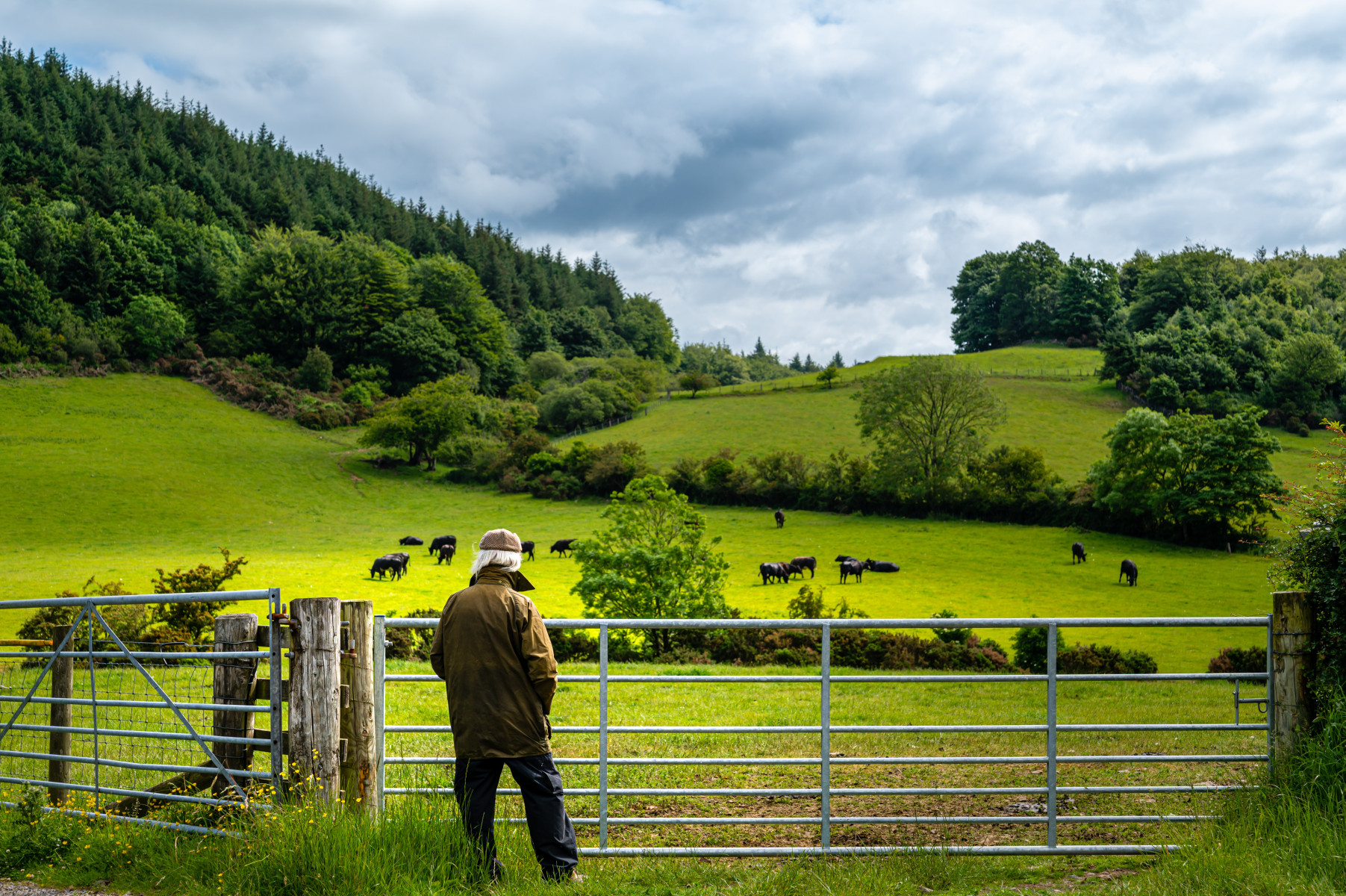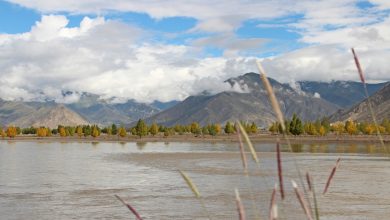Boosting sustainability on farms: A guide to aiding farmers in expanding tree planting

Imagine envisioning a farm that not only produces food but also generates building materials, fuel, and fodder. A farm where the soil is nourished, the micro-climate is regulated, and pest-controlling wildlife thrives. And to top it off, this farm could even yield an additional crop. This concept, known as agroforestry, has the potential to revolutionize sustainable agriculture on a global scale.
By incorporating trees, shrubs, palms, and bamboo into crop fields, agroforestry can mitigate climate change by storing carbon in land that serves multiple purposes. In fact, countries can count trees planted on farmland towards their reforestation commitments. This practice holds tremendous promise for farms in South Asia and sub-Saharan Africa, where there is ample opportunity for tree planting.
However, the challenge lies in ensuring that trees benefit both farmers and the planet. India, a country that has witnessed remarkable changes in agroforestry over the past two decades, offers valuable insights. The Lok Vaniki scheme in Madhya Pradesh, initiated in 1999, aimed to assist farmers in earning additional income from timber by planting teak trees on degraded land. However, bureaucratic hurdles and transport costs hindered the success of this scheme.
To address these issues, the state exempted certain trees from felling regulations and introduced simpler procedures for harvesting and transporting trees. Despite these efforts, the tree cover on Indian farms has declined significantly in the past decade. Mature trees, which once provided shade and conserved water, have been replaced by mechanized farming practices that prioritize treeless fields for easy maneuverability.
While farmland trees have dwindled, block plantations – farms solely dedicated to growing trees – have expanded. These plantations mostly consist of fast-growing exotic trees like eucalyptus, poplar, and casuarina. However, the collapse of the UN’s clean development mechanism and the drop in carbon credit prices left small farmers with little to show for their efforts.
Moreover, these exotic plantations have adverse environmental impacts. Eucalyptus, for instance, depletes water and soil nutrients, making the land less fertile for future cultivation. Native trees, on the other hand, offer benefits for local diets and medicine, but their presence on farms has been overshadowed by the allure of carbon credits.
To truly support sustainable agroforestry, the focus should be on empowering small and marginal farmers to cultivate native trees. Scattered trees of various species on small farms provide greater benefits for both farmers and the environment compared to single-species plantations. This approach requires financial support, and if carbon credit mechanisms recognize the value of this agroforestry model, it could be a significant step in the right direction.
Encouraging trees on farms, especially native ones, is crucial. The trend of block plantations driven by carbon credit incentives needs to be reevaluated. Ultimately, the goal should be to create a farming landscape where trees harmoniously coexist with crops, benefiting farmers, ecosystems, and the planet as a whole.




